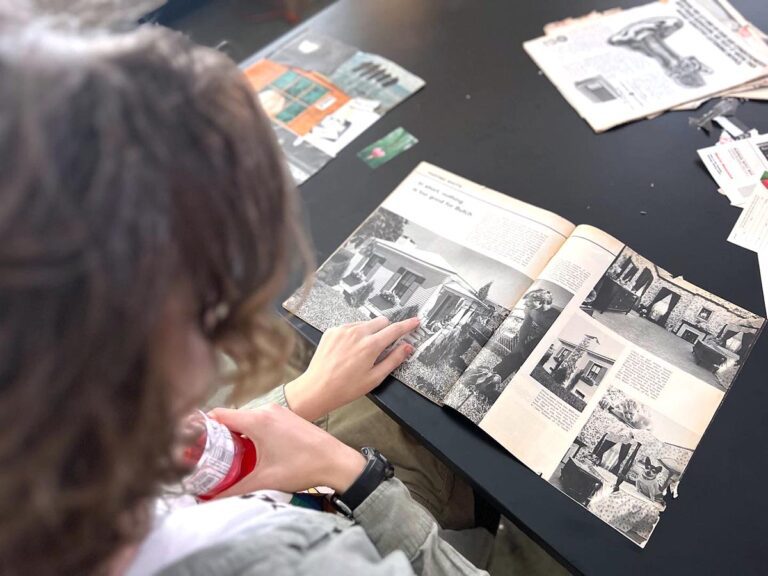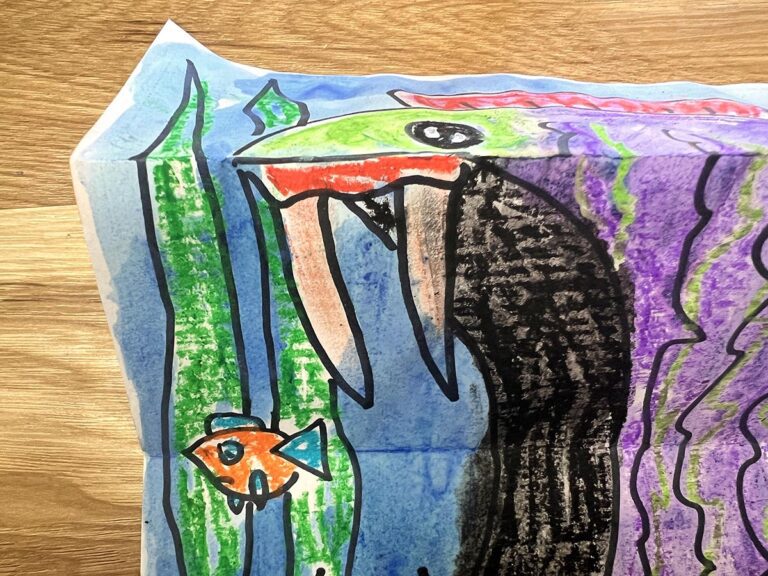Have you ever wondered why some of your students aren’t very creative? I noticed it first in my elementary classroom. My kids looked to me for ideas and were lost when I didn’t supply them.
“What do I make?” they’d ask. Often, my lessons would be about providing them with my answer to that question.
However, that changed once I adopted TAB, or Teaching for Artistic Behavior, as a teaching style. The younger kids readily adapted to deciding what to make at centers and the older students came around with a bit more support.
One of my biggest worries with TAB was that my kids would struggle to find ideas, but I found the opposite to be true. But then, I switched to high school.
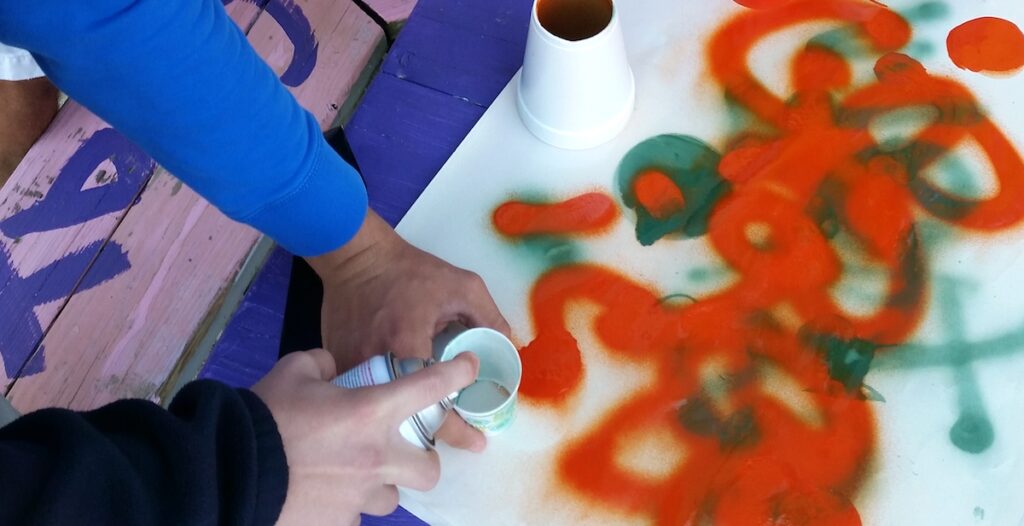
In the first lesson of the first class I taught at the high school level, I encountered the mindset I later would realize is as common as pastel colors on a Monet.
I had just breathlessly finished telling my Art 1 class what the year would consist of when I noticed a strange silence. I had expected these older students to be excited about what we’d be doing. Not delighted like the elementary kids I was starting to painfully miss but at least somewhat interested.
Instead, I saw a sea of blank faces. Then I noticed one hand raised by a disgruntled-looking student who said, “So, just tell us what to do to get an A.”
The mindset of doing what is necessary for the A is pervasive in high school and completely at odds with my goal as a teacher: teaching creative thinking.
During that first semester as a high school teacher, I realized many of my older students were currently incapable of developing ideas for their own work. In fact, the task made them deeply uncomfortable.
How, I wondered, could I teach them to be more creative?
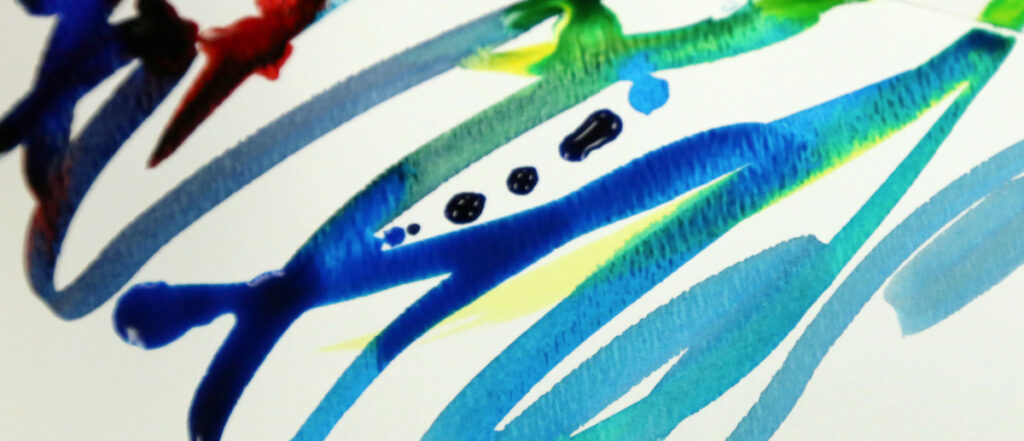
I found that teaching creativity was a multi-part task. I developed strategies which included introducing methods for idea generation and multiple options for planning, but my high school classroom was still lacking the energy and magic I took for granted in elementary school.
That is, however, until I started to include play.
I was presenting a unit called “Artists Explore” which I had planned with Ian Sands. The idea required students to work with a limitation in order to develop their problem-solving skills. Students were tasked with selecting some sort of limitation, like using their non-dominate hand or painting with their feet. The goal was to make quality work using the method they had selected.
As students worked, I was amazed to see their attitudes shifting. Instead of focusing on what they had to get done, they focused on how to make their limitations work. They began to play and explore. This led to the joyful creation I was used to seeing with my elementary students!
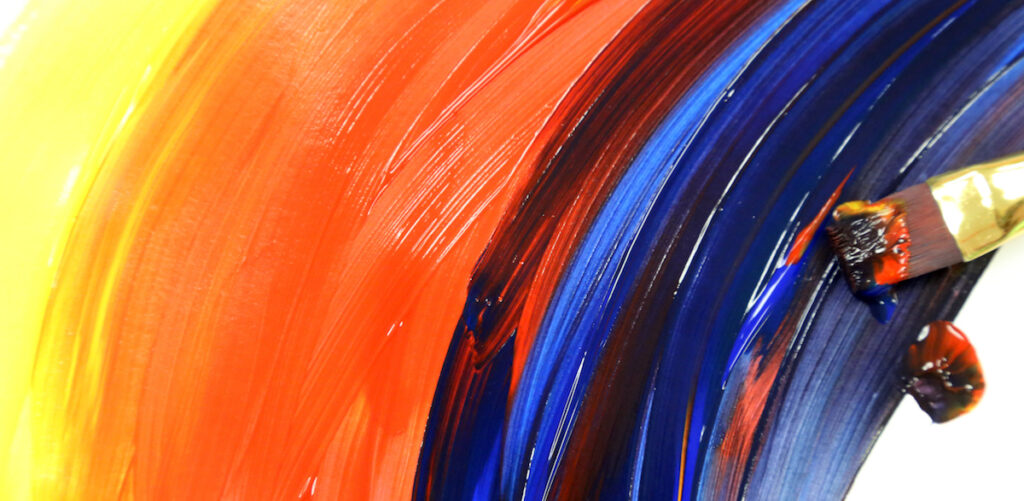
Play is the ultimate teaching tool because it breaks through students’ need to find the “right” answer and reconnects them with the power of their own creative minds.
Now, years later, play permeates my classroom. We do things like play games and learn skills through group challenges. I teach students to “experiment” as a valuable planning strategy, but really, it’s basically playing and it’s the key element in moving students to be independently creative.
If you’re looking to incorporate more play into your classroom, here are 4 articles that address the issue:
- 4 Engaging One Day Activities
- A Winning Game for the First Day of School
- Artists Explore
- Quick and Easy Color Theory
What I’ve realized is that our educational system incentivizes following directions and remembering information over independent thinking and developing solutions.
This deficit creates an urgent need for the arts to directly teach creativity and problem-solving with open-ended task and experimentation. To give our students, especially the older ones, the skills needed to be successful with this type of instruction, we have to let them play. Teaching through play requires students to ask questions, search for answers, experiment to find solutions and solve problems. It makes art class all about the journey and puts kids in charge of the final destination. Teaching play is serious work for all art teachers if we want students who are truly creative.
If you want even more info about teaching through play, be sure to join me and Ian Sands at the 2017 Summer Art Ed Now Conference where we’ll be talking about why art class should be more like recess! And, be sure to check out our new book, The Open Art Room, coming soon!
How do you use play in the classroom? Do you agree that it’s valuable?
Magazine articles and podcasts are opinions of professional education contributors and do not necessarily represent the position of the Art of Education University (AOEU) or its academic offerings. Contributors use terms in the way they are most often talked about in the scope of their educational experiences.


